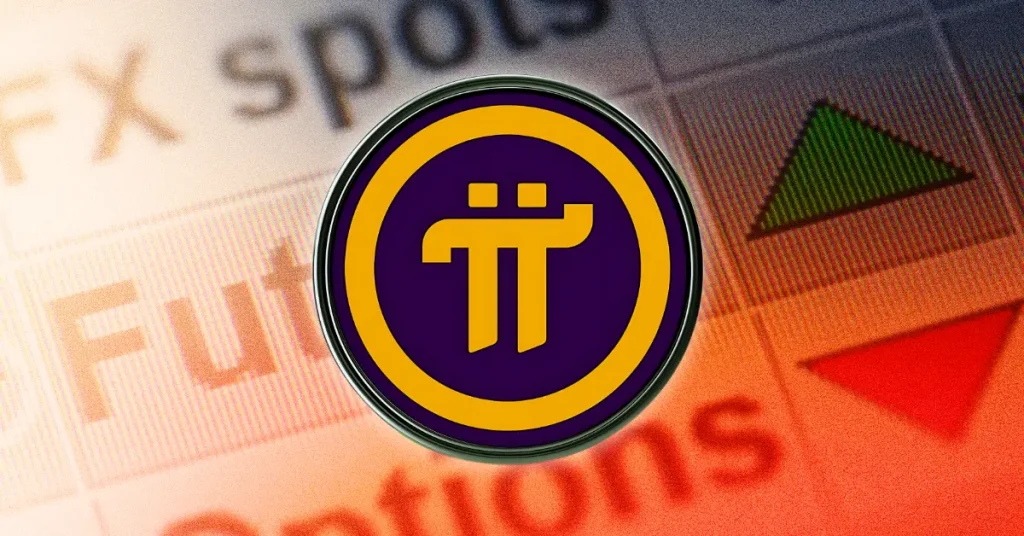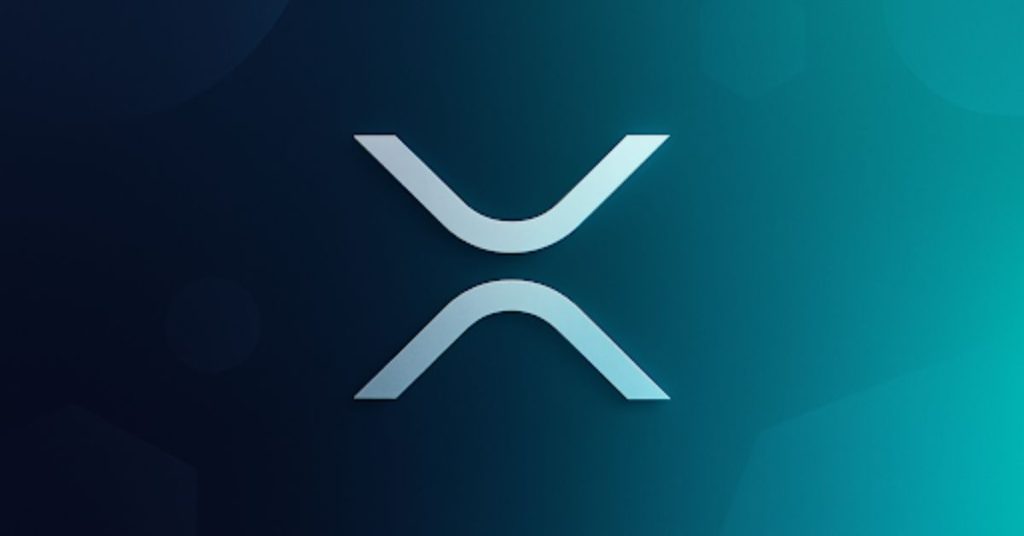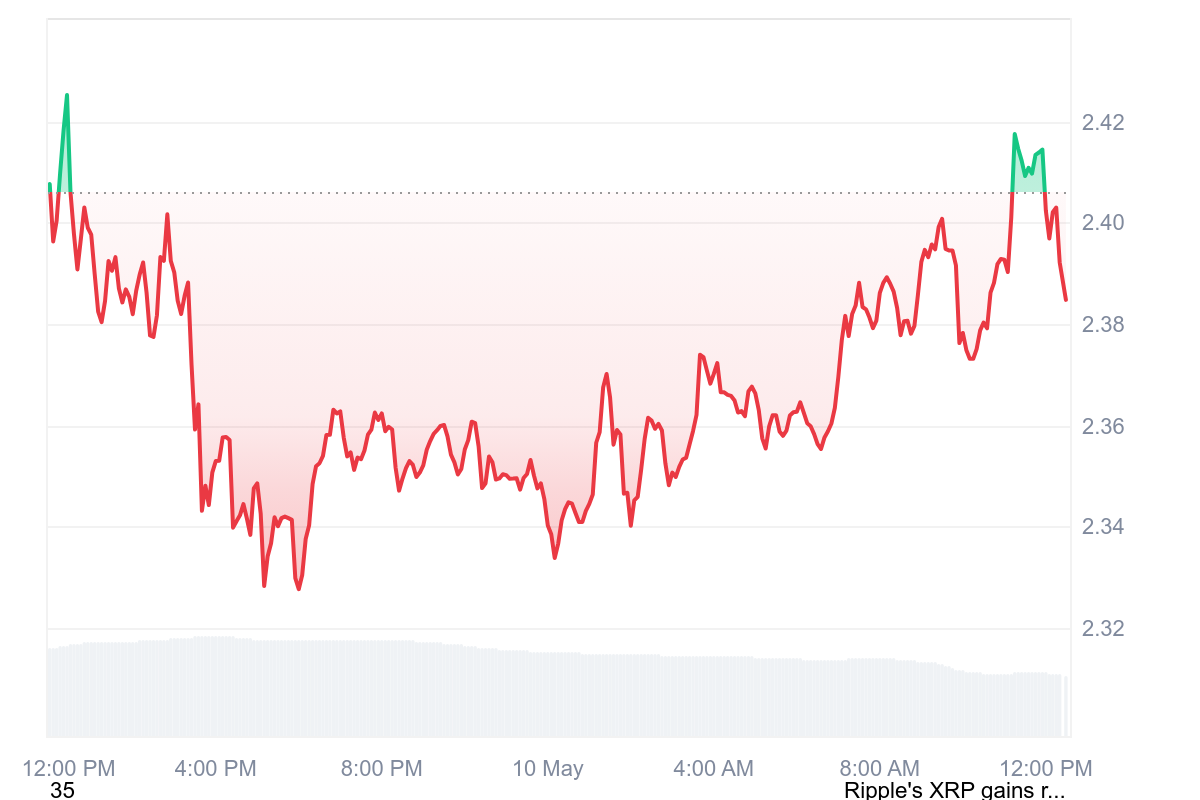
The post Pi Network Prepares for Major Consensus 2025 Reveal: What to Expect appeared first on Coinpedia Fintech News
Pi Network is gearing up for a major ecosystem reveal during Consensus 2025 in Toronto, a key moment for the project’s 60 million-strong user base. The Pi Core Team confirmed that the announcement will go live on May 14, fueling speculation around a potential Binance listing or DeFi integration. The event could mark a major turning point for Pi’s Open Network plans.
Partnership Hopes Rise as Central Node Closes
The excitement intensified after Pi Core Team shut down its central node and hinted at releasing the source code, steps seen as essential for full decentralization. Pi’s recent outreach to industry giants like Google Cloud and Visa signals a push for strategic partnerships that can anchor its Web3 vision. With excitement building ahead of Consensus2025, the Pi community is buzzing over whether this move could be a historic milestone for the project.
Moreover, the team has announced that all node operators must upgrade to the latest “HORIZON” version to remain connected. Since the update is crucial for the network’s future stability and security. Failure to upgrade may result in disconnection.
Tensions Over Token Access
Despite the hype, user frustrations are mounting. Pi Coin’s unofficial price dropped 15% in 24 hours, and users still can’t fully access or transfer their tokens. Many blame the delayed Open Network progress and limited transparency. Chinese users, in particular, have criticized the project’s centralization and broken promises.
Can Pi Deliver on Its Promise?
While Pi Network showcases zero-fee transactions and a mobile-first Web3 model, its credibility now hinges on delivering actual utility. With top names like Michael Saylor, Vitalik Buterin, and Dr. Nicolas Kokkalis attending Consensus, the stage is set. But the question remains: will Pi finally take off or fall flat under pressure? Well, we have to wait and watch. Right now, all eyes are on today’s event. This could be Pi’s breakout, or its biggest test yet.


 BREAKING | Pi Node
BREAKING | Pi Node









